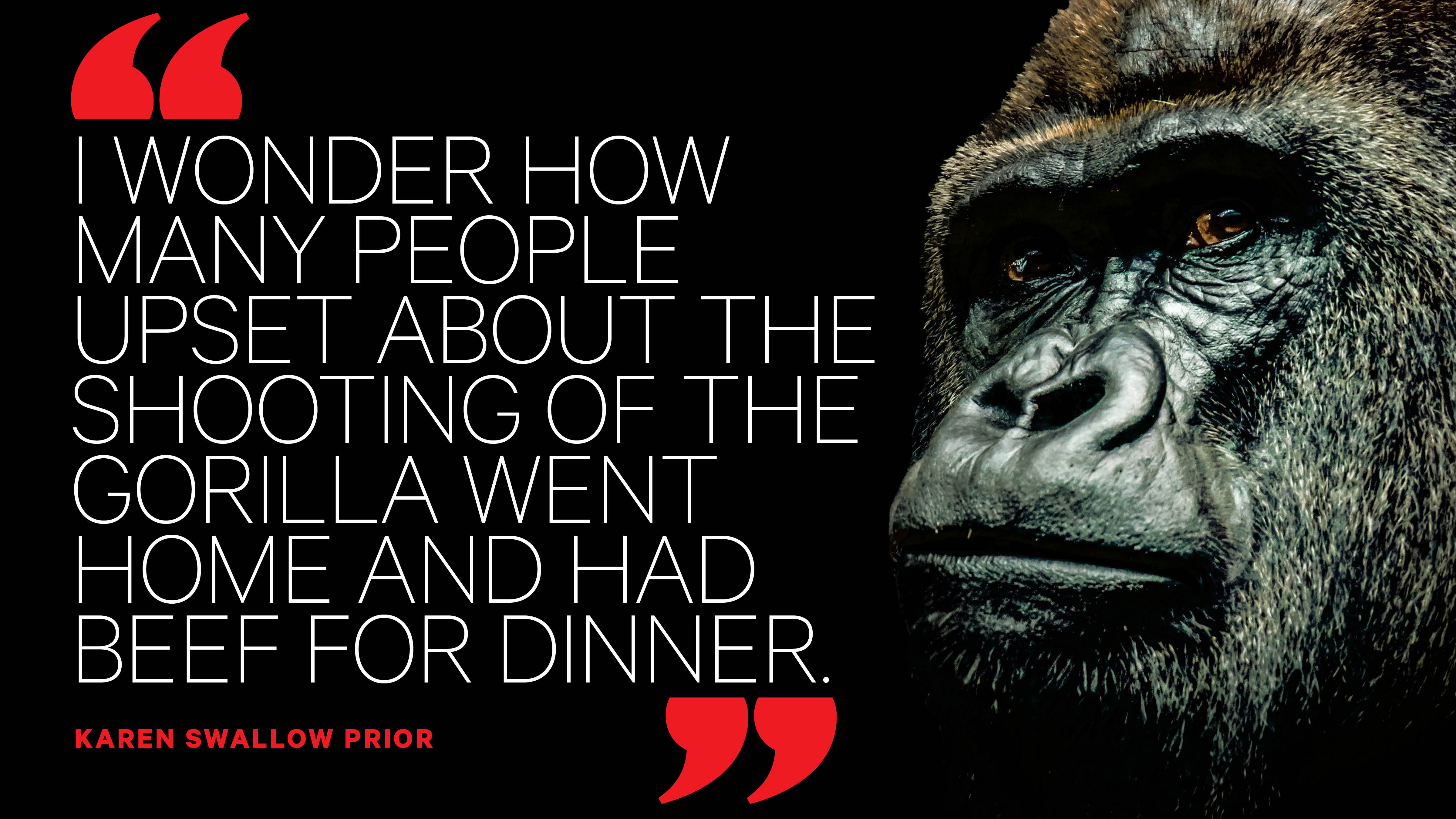


And we know that some of those deserts are in areas that influence things like speech and vocalization, and how the brain works. There are barriers, and we know that in our genomes today, there are areas of deserts where there’s zero Neanderthal and Denisovan DNA. We also have negative evidence that there were limits on infertility between some of the Homo species because we don’t find a lot more evidence of it in our genomes (at least at the level at which we can detect it)-thus matings between more distantly related species either didn’t occur, were not fertile, or we can’t detect them at the level of our current technology. This is against a backdrop that for primate species it was possible to produce fertile offspring with other species sharing a common ancestor as far back as 2 million years-with a generally decreasing chance of success across the passage of time and divergence between Homo species.Ĭhris Stringer: We know that our species produced some fertile offspring with Neanderthals, and with Denisovans. Jan Ritch-Frel: A good place to start is that we know that today’s humans produced fertile offspring with relative Homo species that had separated from us hundreds of thousands of years ago, and this went on with ancestor species for as far back as scientists are able to trace. Stringer helped formulate the “Out of Africa” model of our species’ origins and continues to pursue pioneering projects at the UK Natural History Museum in London as research leader in human origins in the Department of Earth Sciences. I reached out to discuss some of the bigger conclusions that are emerging from the research with Professor Chris Stringer, who has been at the forefront of human evolutionary understanding for decades. The process will realistically take decades to take root, and it seems the best way at this point to accelerate that process is in articulating the big picture, and giving people key footholds and scientific reference points for understanding. There’s every indication that a better understanding of ourselves strengthens humanity as a whole and makes connection and cooperation more possible. The fuller picture, and the notion that this information has valuable implications for society and our political arrangements, doesn’t usually percolate into public consciousness, or in centers of influence.īut there is an emerging realization in the expert community that humanity can greatly benefit from making this material a pillar of human education-and gradually grow accustomed to an evidence-based understanding of our history, behavior, biology, and capacities. Technological advances and a growing body of archaeological evidence have allowed experts in the study of human origins and prehistory to offer an increasingly clear, though complex, outline of the bio-historical process that produced today’s human population and cultures.įor the most part, the public is presented with new findings as interesting novelty items in the news and science coverage.

There’s a paradigm shift underway in our understanding of the past 4 million years of human evolution: ours is a story that includes combinations with other Homo species, spread unevenly across today’s populations-not a neat and linear evolutionary progression. The album art features the Skull logo, and from that point on, the mark was known as the Steal Your Face logo.Statue of Charles Darwin, Great Hall, Natural History Museum, London. The album was recorded at the Winterland Ballroom in San Francisco on October 17–20, 1974, an alleged "farewell run" that was followed by a then-indefinite hiatus. This led to the beginning of the Grateful Dead logo being known as the Steal Your Face, or Stealie, but that name was solidified in June of 1976, when the Dead released a double live album by the name, “Steal Your Face”. This was basically a way of saying that once you “got” the Dead, you’d never be the same again. When the song debuted, however, many fans gravitated towards the line, “Steal your face right off your head,” and applied it to having your “face stolen” by the music. Less than one year after stepping into the role, he was discovered to have been stealing money from the band, and ultimately skipped town, taking the stolen money with him and leaving the band broke. In 1972, about three years after the first appearance of the Grateful Dead logo, the band debuted “He’s Gone.” This song tells the story of Mickey Hart’s father, who was brought on in 1969 as the bands’ manager. How did it become the “Steal Your Face” Logo? It was simply referred to as the Grateful Dead logo. At this time (around 1969), the skull and lightning bolt symbol was not referred to as the “Steal Your Face” or “Stealie”.


 0 kommentar(er)
0 kommentar(er)
